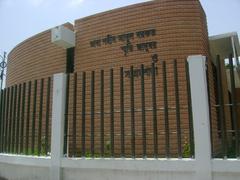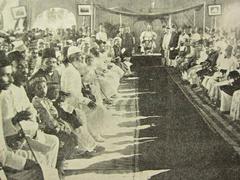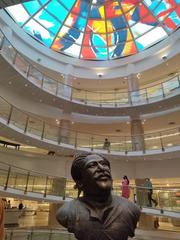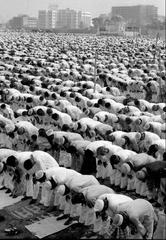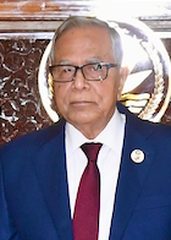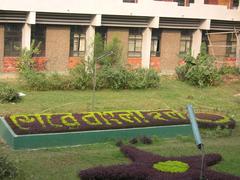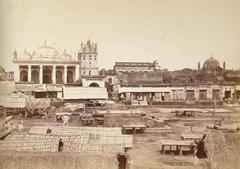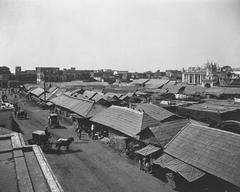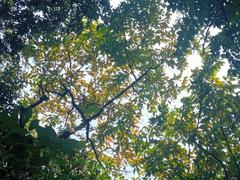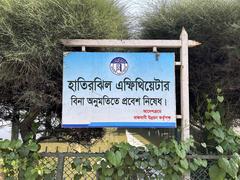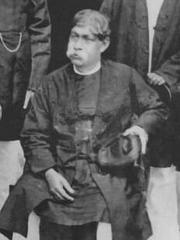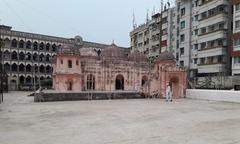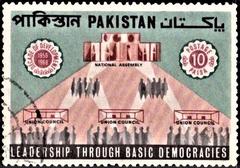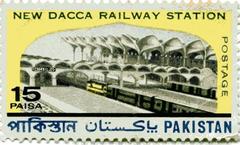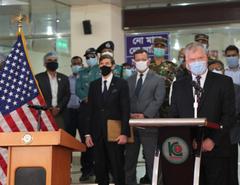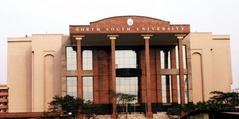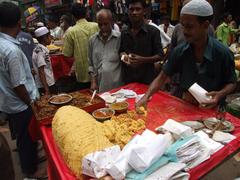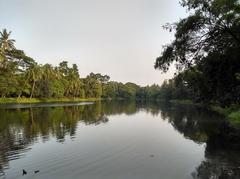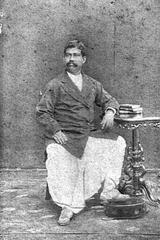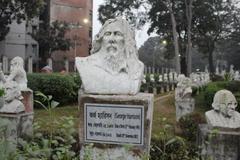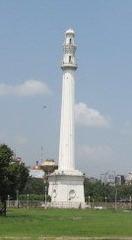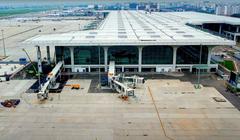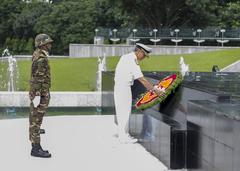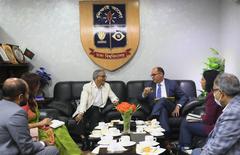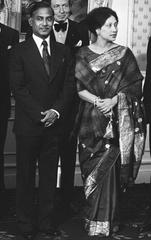University of South Asia Dhaka: Visiting Hours, Tickets, and Historical Significance
Date: 04/07/2025
Introduction
A visit to the University of South Asia in Dhaka provides not only an academic perspective but also an immersive journey into the heart of Bangladesh’s heritage. Dhaka, known for its dynamic energy and centuries-old traditions, is home to several iconic landmarks. Chief among these are the National Martyrs’ Memorial and Lalbagh Fort, each bearing profound historical and cultural significance. This guide details essential visitor information, including opening hours, ticket prices, accessibility, transportation, travel tips, and highlights of these monuments, ensuring an enriching experience for all travelers.
Contents
- Introduction
- The National Martyrs’ Memorial
- Historical Significance
- Visitor Information
- Accessibility & Facilities
- Getting There
- Guided Tours & Special Events
- Photography & Best Times to Visit
- Nearby Attractions
- FAQ
- Lalbagh Fort
- History & Architecture
- Visiting Hours & Tickets
- Accessibility & Facilities
- Guided Tours & Events
- Nearby Attractions
- Travel Tips
- FAQ
- Summary & How to Stay Updated
- References
The National Martyrs’ Memorial: Tribute to Bangladesh’s Liberation
Historical Significance
Located in Savar, about 35 kilometers northwest of central Dhaka, the National Martyrs’ Memorial (Jatiyo Sriti Shoudho) honors the memory of those who sacrificed their lives during the Bangladesh Liberation War of 1971. Designed by Syed Mainul Hossain, the monument was completed in the early 1980s. Its seven-pointed structure symbolizes the nation’s journey to independence and the seven members of the historic Mujibnagar Government. The site serves as a place of remembrance, reflection, and national pride (Bangladesh Ministry of Liberation War Affairs, Wikipedia).
Visitor Information
- Opening Hours: Daily, 9:00 AM – 5:00 PM.
- Entry Fee: Free for all visitors.
- Guided Tours: Available for a nominal fee; can be arranged on-site or via local tour operators.
Accessibility & Visitor Facilities
The memorial complex is wheelchair accessible, with paved walkways and ramps. Facilities include:
- Visitor information center
- Restrooms
- On-site parking
- Guided tour services (on request)
Getting There
- By Car/Taxi: Approximately 45 minutes from central Dhaka via the Dhaka-Aricha or Dhaka-Tangail highway.
- By Public Transport: Regular buses and route taxis run from Dhaka to Savar. Ask the driver to stop near the National Martyrs’ Memorial.
Guided Tours & Special Events
Trained staff offer guided tours providing in-depth insights into the monument’s history and symbolism. The memorial is especially significant during national holidays such as Independence Day (March 26) and Victory Day (December 16), with commemorative ceremonies and cultural programs.
Photography & Best Times to Visit
Early mornings and late afternoons offer optimal lighting for photography and a quieter atmosphere. While photography is encouraged, drone use requires prior permission.
Nearby Attractions
- Savar National Museum: Artifacts from the Liberation War.
- Bangladesh Army Museum: Military history exhibits.
- Savar Eco Park: Recreational green space.
Frequently Asked Questions (FAQ)
Q: Is there a dress code?
A: Modest attire is recommended due to the site’s solemn nature.
Q: Are food and drinks available?
A: Limited vendors are nearby; bringing your own refreshments is advisable.
Q: Can private events/photoshoots be held here?
A: Prior permission from the Bangladesh Ministry of Cultural Affairs is required.
Q: Is the site accessible for people with disabilities?
A: Yes, with wheelchair-accessible paths and facilities, though some areas may be uneven.
Lalbagh Fort: A Jewel of Mughal Heritage
History & Architecture
Lalbagh Fort, situated in Old Dhaka, is one of the city’s most celebrated Mughal-era structures. Construction began in 1678 under Mughal Subahdar Muhammad Azam Shah. The fort, though never completed, remains an outstanding example of Mughal architecture. Its highlights include the Diwan-i-Aam (public audience hall), the ornate Tomb of Pari Bibi, a mosque, and expansive terraced gardens. The architectural blend of Persian, Mughal, and local styles is evident in its terracotta walls, ornamental gateways, and lush lawns (Dhaka Tourism, TripAdvisor).
Visiting Hours & Tickets
- Opening Hours: Daily, 9:00 AM – 5:00 PM. Closed on some public holidays; check the official website for updates.
- Entry Fees:
- Adults: 20–30 BDT
- Children (under 12): Free–10 BDT
- Foreign visitors: 100 BDT
- Tickets are available at the entrance; guided tours may be arranged with authorized operators.
Accessibility & Facilities
Lalbagh Fort is accessible via major roads and offers parking nearby. The grounds feature paved paths, though some areas remain uneven. On-site facilities include:
- Restrooms
- Cafeteria/snack stalls
- Souvenir shops
- Multilingual signage (Bengali and English)
Guided Tours & Events
Guided and audio tours are available, providing detailed historical context. The fort also hosts cultural events and festivals, particularly during national holidays, enhancing the visitor experience.
Nearby Attractions
- Ahsan Manzil (Pink Palace): 19th-century palace and museum.
- National Museum of Bangladesh: Extensive art and artifact collections.
- Dhakeshwari Temple: Bangladesh’s national temple.
- Sadarghat Riverfront: Lively area for boat rides and local cuisine.
Travel Tips
- Best Time to Visit: October–March for cooler weather.
- Dress Code: Modest clothing is advised.
- Language: English and Bangla are widely understood.
- Safety: Bring photo ID, secure your belongings, and wear comfortable footwear.
Frequently Asked Questions (FAQ)
Q: Is Lalbagh Fort open on holidays?
A: Usually yes, but it may be crowded.
Q: Are guided tours available in different languages?
A: Commonly in Bengali and English; other languages on request.
Q: Is photography allowed?
A: Yes, but commercial shoots require permission. Drones are not permitted.
Q: Can food be brought inside?
A: Outside food is not allowed; use the on-site café.
Summary & How to Stay Updated
Dhaka’s historical landmarks, notably the National Martyrs’ Memorial and Lalbagh Fort, are essential destinations for anyone interested in the nation’s heritage. Both sites are accessible, affordable, and rich in cultural and historical value. Visitors are encouraged to consult official sources for the latest information, guided tour options, and event schedules. To optimize your visit, consider using travel apps like Audiala and following local tourism boards on social media.
References
- Bangladesh Ministry of Liberation War Affairs
- National Martyrs’ Memorial - Wikipedia
- Dhaka Tourism Board: Lalbagh Fort
- TripAdvisor: Lalbagh Fort Reviews
- Audiala Travel App
For more details, event schedules, and travel tips, visit the official tourism websites, download the Audiala app, and check out the latest visitor reviews on TripAdvisor.
